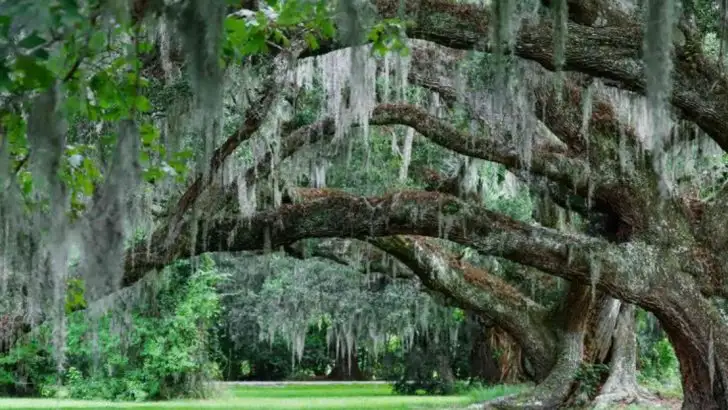Some garden rules deserve to be broken—with a shovel and a vengeance. If your yard feels more “meh” than magical, you might be following all the so-called “right” rules. Neat lines. Symmetry. Muted colors. Yawn. This isn’t a corporate office park—it’s your personal jungle. A place for wild color, secret corners, unexpected textures, and plants that don’t play by the book. Forget balance and perfect spacing. Forget sterile mulch beds and clipped boxwoods staring into the void. You don’t need rules. You need life. Let’s toss the boring guidebook and grow something bold, chaotic, and completely unforgettable. These swaps will wake up your yard—and maybe even your neighbors.
Symmetrical Layouts
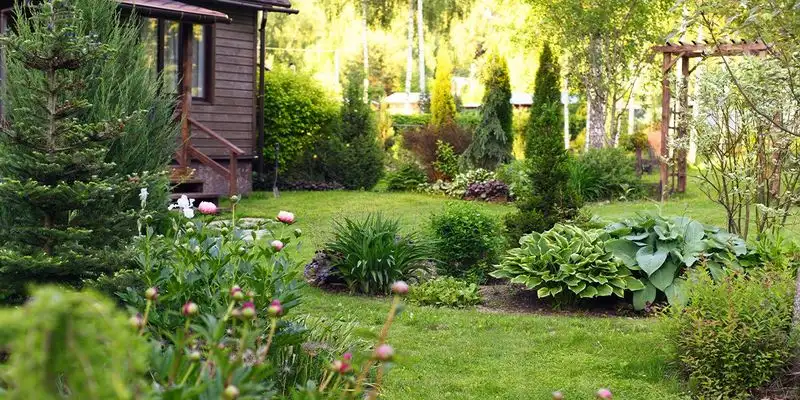
Symmetrical layouts often lead to predictability in garden design. Instead, embrace the charm of asymmetry. Consider winding paths that invite exploration and a mix of plant heights and textures for visual interest.
A garden should inspire curiosity and surprise, not just conform to rigid aesthetics. Incorporating wildflower patches or uneven stone pathways can add a touch of nature’s whimsy.
These elements create a dynamic space that feels alive and engaging, encouraging visitors to wander and discover. Such designs reflect the natural chaos and beauty found in untamed landscapes.
Single Color Planting
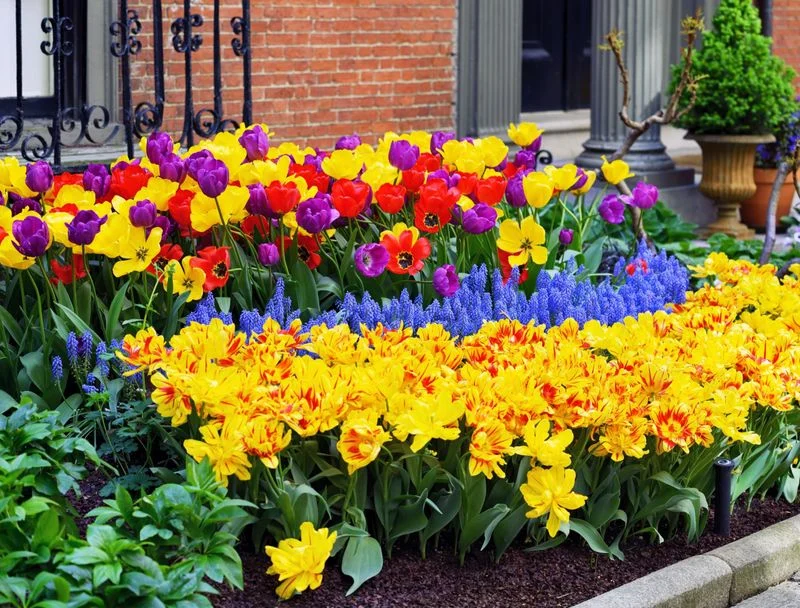
Single color planting might seem sophisticated, but it risks monotony. Inject vibrancy by incorporating a spectrum of colors, creating a lively and inviting garden space.
Choose plants that bloom at different times, ensuring year-round interest and a constantly changing palette. The interplay of colors can evoke emotions, from the calm of cool blues and purples to the energy of bright reds and yellows.
This dynamic approach not only pleases the eye but also encourages biodiversity, attracting various pollinators and enriching the garden’s ecosystem.
Formal Hedges
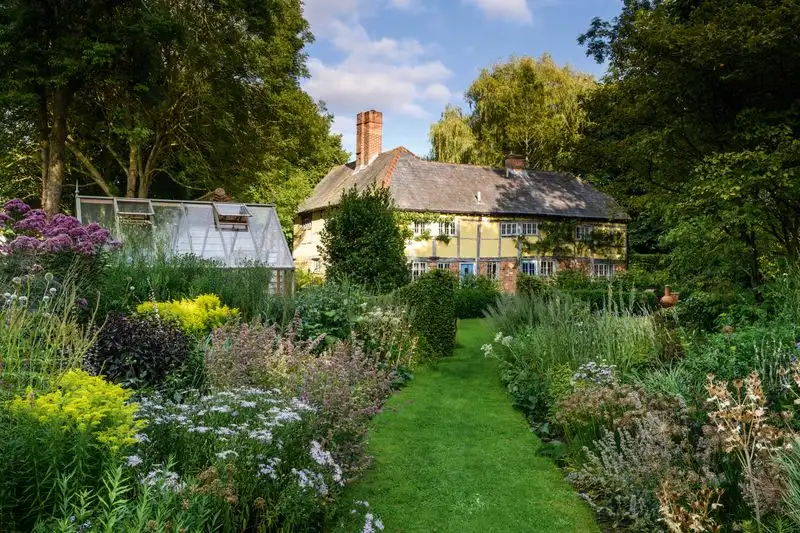
Formal hedges can create a sense of confinement and orderliness that stifles creativity. Break free by opting for a more naturalistic approach, using free-form shrubs and flowering plants.
This design choice introduces a sense of freedom and flow, as nature’s artistry takes center stage. Let plants grow into their natural shapes, allowing them to spill over pathways and create intimate nooks.
Such a design invites relaxation and exploration, offering a refreshing change from the structured rigidity of formal gardens.
Overly Pruned Trees
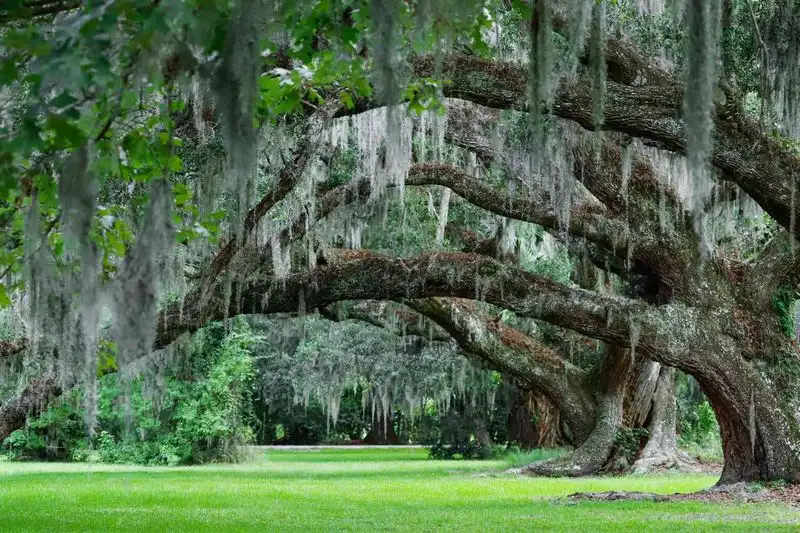
Over-pruning trees can strip them of character and beauty, resulting in unnatural forms. Instead, let trees grow with minimal shaping to reveal their unique forms and textures.
Embrace the natural growth patterns that showcase a tree’s true elegance. This approach not only adds visual interest but also supports wildlife by providing habitats.
With minimal intervention, trees become majestic focal points, offering shade and a sense of tranquility. Allow nature to guide the design, and the garden will resonate with authenticity and beauty.
Uniform Garden Beds
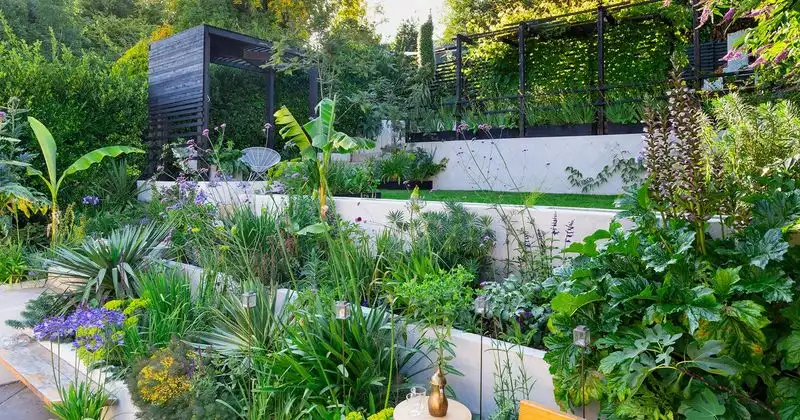
Uniform garden beds can lead to a stagnant appearance. Embrace diversity by layering plants of different heights and textures, creating a dynamic and engaging landscape.
Mix perennials, shrubs, and ground covers to achieve a multi-dimensional effect that draws the eye across various planes. This method encourages a sense of depth and intrigue.
Such diversity not only enhances visual appeal but also fosters a healthier garden environment by promoting biodiversity. A garden should be a tapestry of life, reflecting the vibrant complexity of nature.
Empty Lawn Spaces
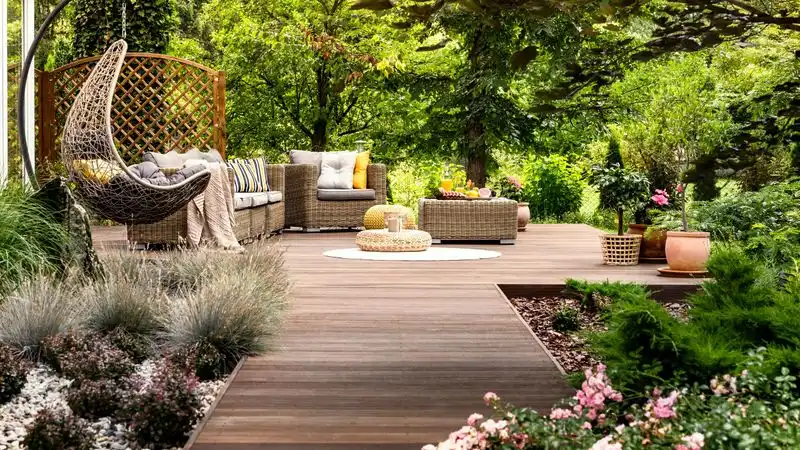
Expansive lawns often feel barren and underutilized. Transform these spaces by incorporating scattered seating areas, trees, and flower beds.
These elements break up the monotony and invite people to engage with the garden. Trees provide shade and structure, while flower beds introduce color and fragrance.
Such a design turns an empty lawn into a vibrant, welcoming space that encourages relaxation and socialization. It becomes a garden that grows with purpose, offering a retreat from the hustle of daily life.
Traditional Pathways
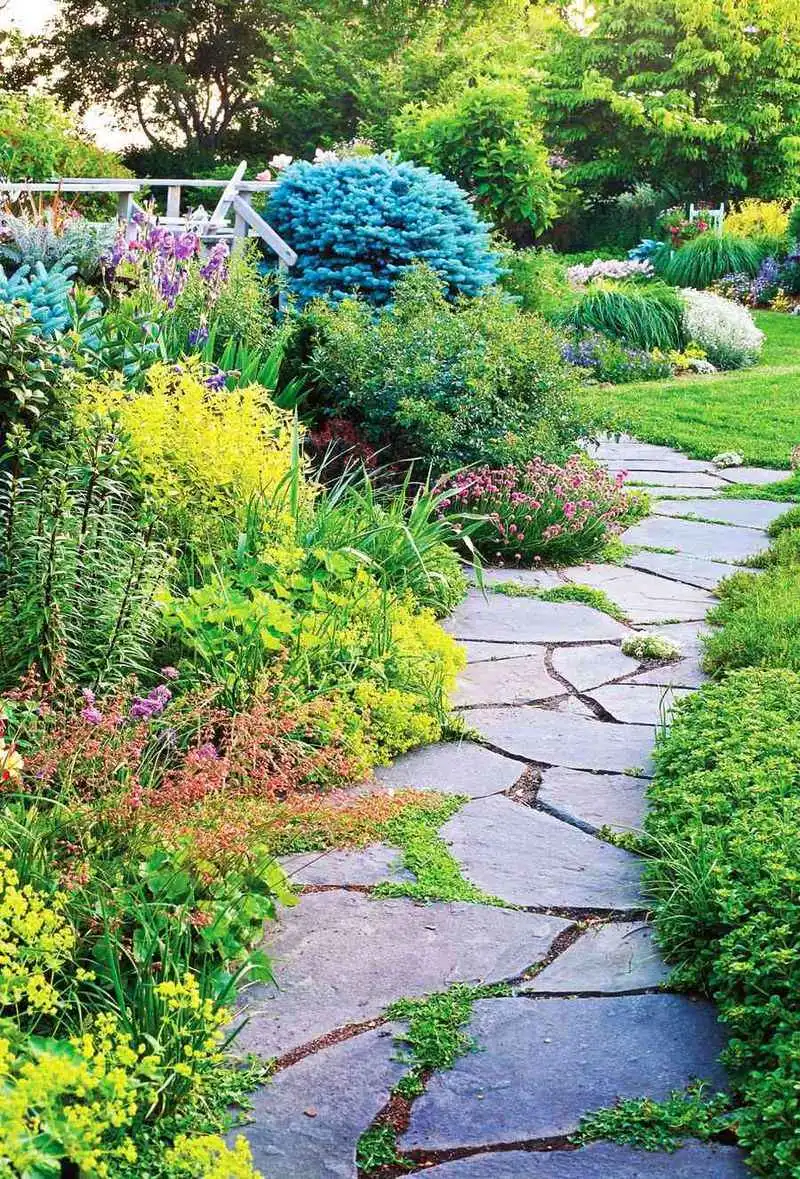
Traditional straight pathways can feel too formal and predictable. Add intrigue with meandering, natural stone pathways that invite exploration.
Allow greenery to spill over the edges, softening lines and blending the path with its surroundings. This approach creates a journey through the garden, encouraging visitors to explore its hidden corners.
Such pathways enhance the garden’s natural feel, making it a space of discovery and wonder. The path becomes part of the garden experience, leading to moments of surprise and delight.
Boxed Vegetable Gardens
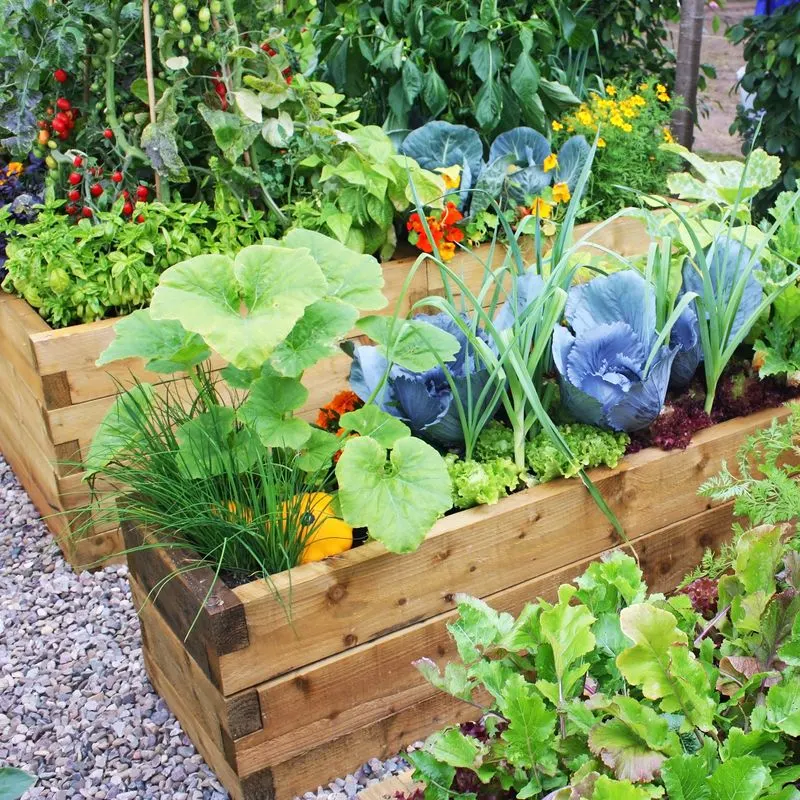
Boxed vegetable gardens can feel disconnected from the rest of the garden. Instead, integrate vegetables with flowers and herbs for a more cohesive look.
This approach blurs the lines between ornamental and edible plants, creating a garden that’s both beautiful and functional. The mix attracts beneficial insects, enhancing growth and yield.
By combining these elements, the garden becomes a vibrant ecosystem, teeming with life and offering a feast for the senses. It’s a practical and aesthetic choice that enriches both the gardener and the garden.
Static Garden Features
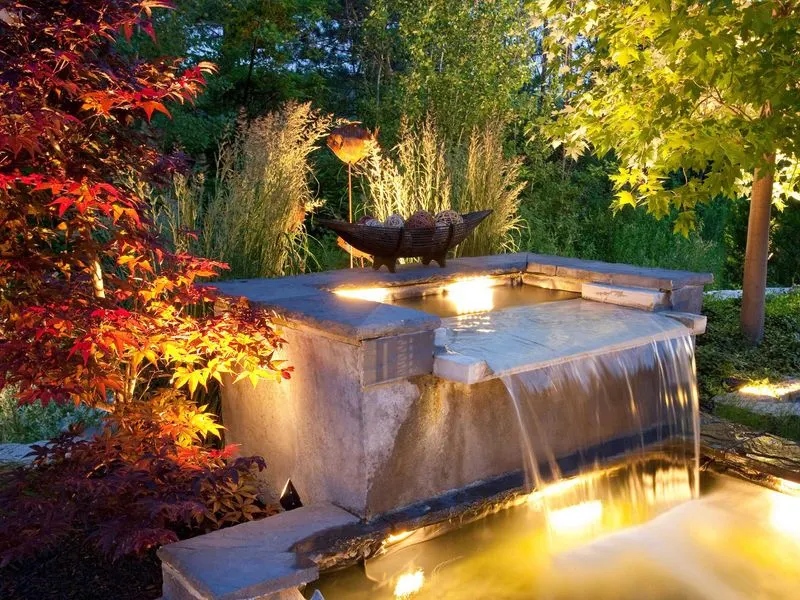
Static garden features often become overlooked or unused. Replace them with interactive elements like water fountains, swings, or garden art.
These additions create focal points and encourage interaction, transforming the garden into a lively space. Water fountains add sound and movement, while swings offer fun and relaxation.
Garden art can evoke emotion and spark conversation, making the garden a place of creativity and engagement. These features breathe life into the garden, turning it into a dynamic environment that’s enjoyed by all.
Wildflower Meadows
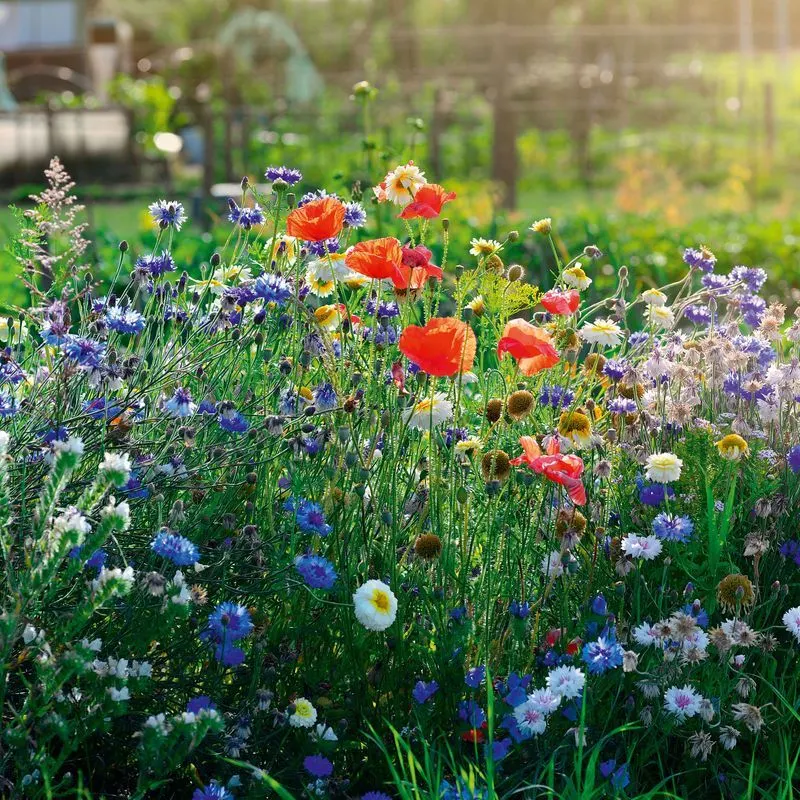
Imagine stepping into a meadow where vibrant colors and lively wildlife thrive. Wildflower meadows bring a natural beauty that structured gardens often lack. Their informal arrangement allows for a harmonious blend of flora and fauna.
This approach invites pollinators, enhancing biodiversity. Unlike typical lawns, wildflower meadows require less maintenance and water. They evolve through the seasons, offering new surprises with each bloom cycle.
A haven for nature lovers, these meadows turn any garden into a vivid tapestry of life, providing an ecological sanctuary in your backyard.
Vertical Gardens
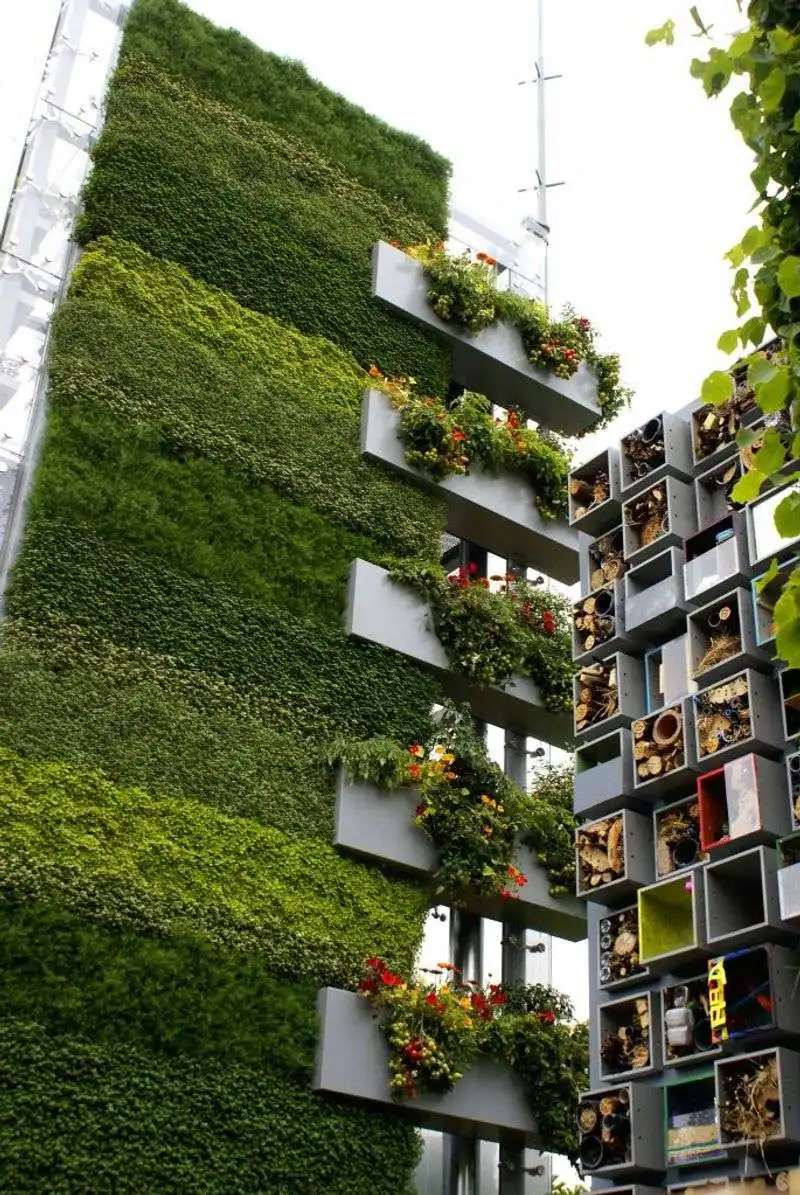
Transform blank walls into living artworks with vertical gardens. These installations not only maximize space but also add lush greenery to urban environments. Perfect for small spaces, they bring an organic feel to any garden.
Vertical gardens can host a variety of plants, from succulents to herbs. This innovative design promotes better air quality and insulation, providing a sustainable garden solution.
For those with limited ground space, vertical gardens offer a practical yet enchanting way to bring nature into your living area. Their visual impact is both striking and soothing.
No-Mow Lawns
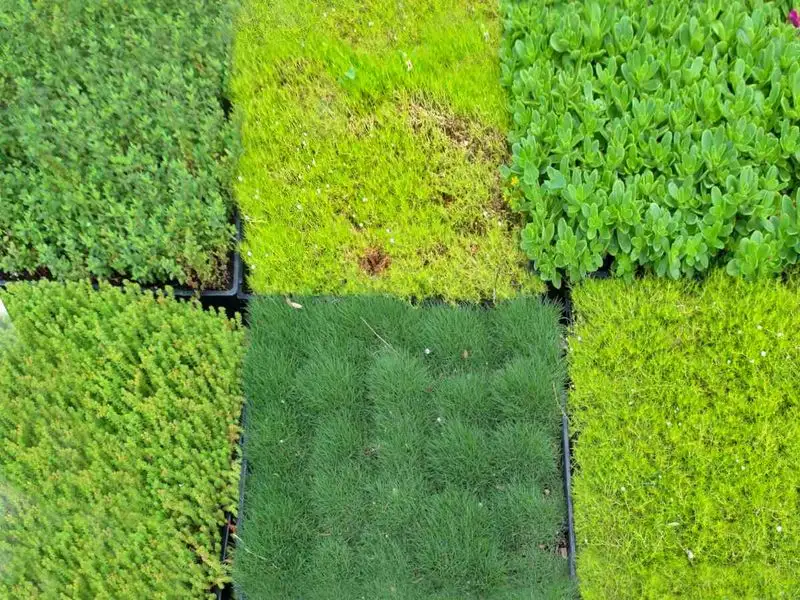
Replace traditional lawns with no-mow alternatives to create a more dynamic garden. These lawns feature native grasses that thrive without frequent mowing, reducing maintenance and promoting sustainability.
The diverse textures and heights add visual interest, creating a garden that’s both eco-friendly and aesthetically pleasing. No-mow lawns support local ecosystems by providing habitats for insects and small wildlife.
This natural approach introduces movement and sound to your yard, as grasses sway in the wind, offering a sensory experience that’s both relaxing and vibrant.
Edible Landscapes
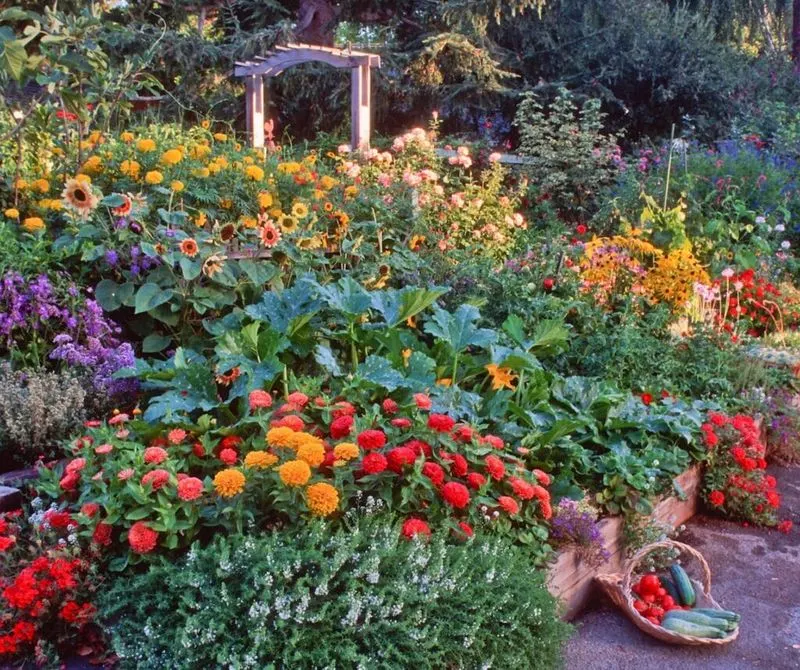
Why not make your garden both beautiful and functional? Edible landscapes seamlessly blend ornamental plants with fruits and vegetables. This approach not only provides fresh produce but also adds a rich tapestry of colors and textures.
Imagine harvesting your own dinner ingredients while enjoying a visually stunning garden. Edible landscapes can be tailored to fit any space, from small urban plots to expansive rural yards.
By integrating edibles into your garden design, you create a sustainable ecosystem, fostering a closer connection to your food and environment.
Artistic Pathways
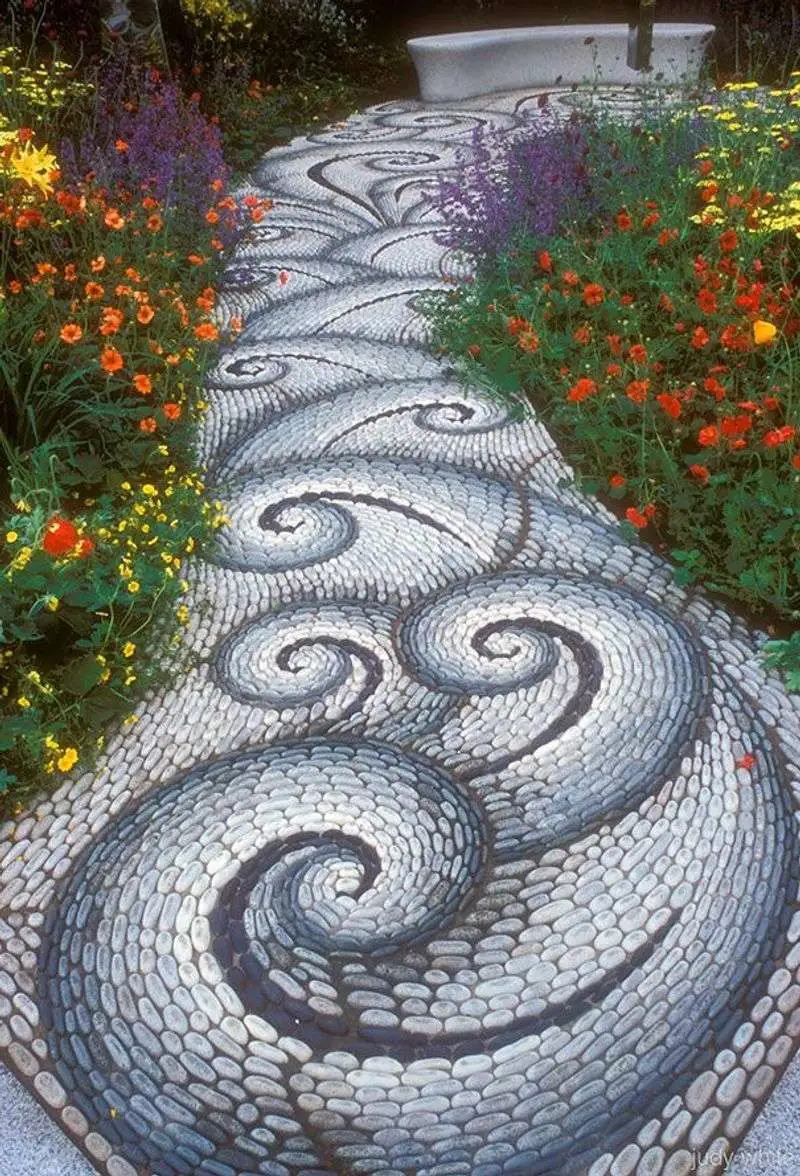
Garden pathways don’t have to be straight and narrow. Artistic pathways, made of irregular stones or unique materials, add intrigue and invite exploration. These meandering paths guide visitors through your garden, revealing hidden gems along the way.
Each twist and turn can lead to a new discovery, be it a secluded bench or a vibrant flower bed. Artistic pathways enhance the garden’s character, offering a playful journey that traditional paths lack.
Their design encourages guests to linger and engage with the natural beauty surrounding them.
Water Features
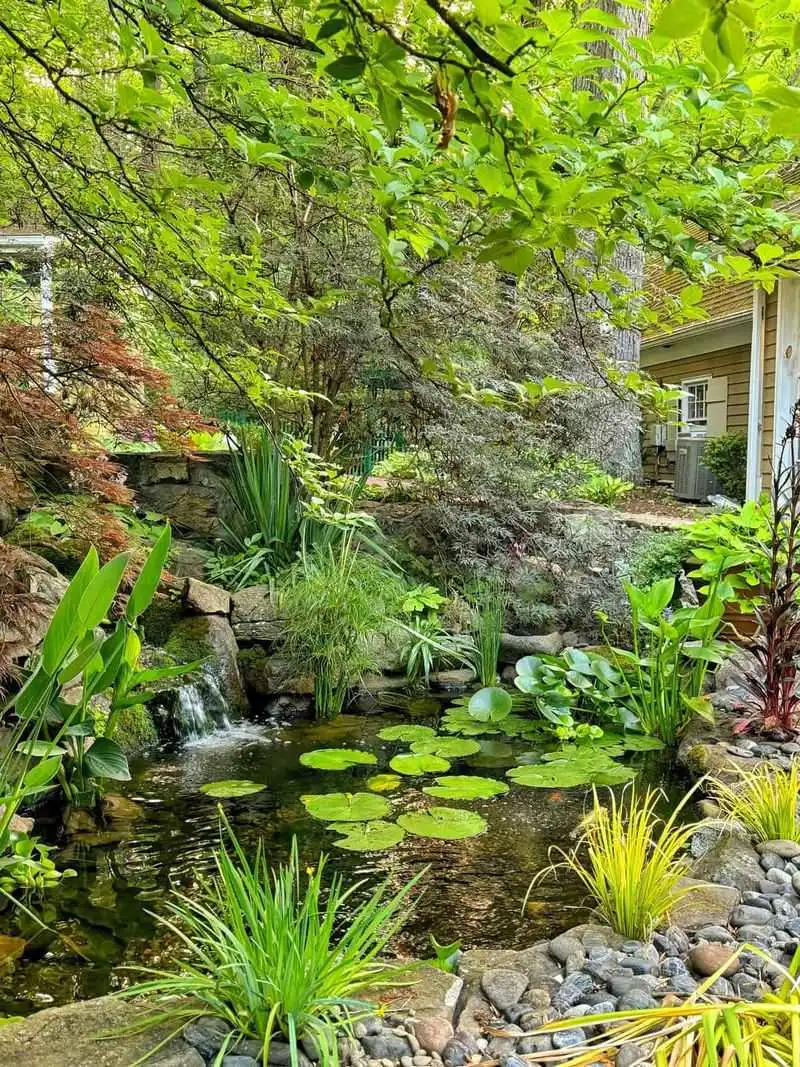
Incorporate water features for a touch of tranquility and movement. Ponds, waterfalls, or fountains add a soothing auditory element to your garden, attracting birds and other wildlife.
Water features serve as focal points, creating a peaceful retreat within your outdoor space. They can range from grand installations to simple bubbling stones, each adding a unique charm.
The reflective quality of water enhances the light and space around it, offering a dynamic visual element that transforms with the changing seasons.
Perennial Borders
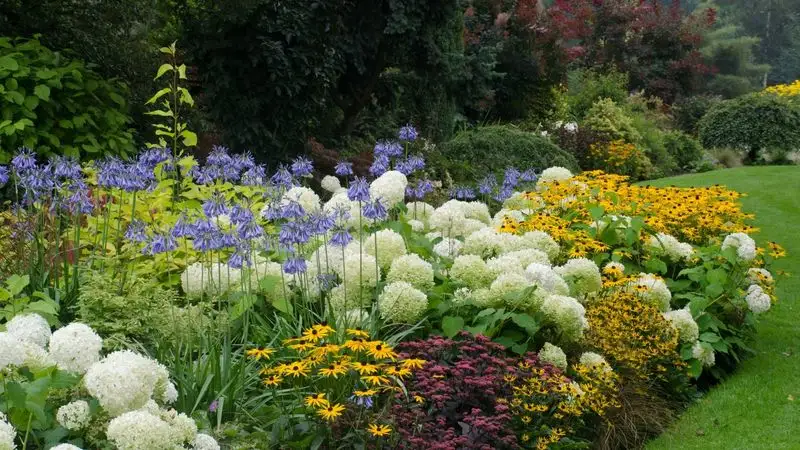
Perennial borders offer year-round beauty and ease. Unlike annuals, which require replanting, perennials return each year, reducing maintenance. Their varied colors and heights create dynamic displays.
These borders adapt through the seasons, ensuring continuous interest in your garden. By choosing a mix of early and late bloomers, your garden remains lively and colorful.
Perennial borders are a sustainable choice, supporting local pollinators and wildlife. They provide structure and charm, making them a versatile addition to any design.
Native Plant Gardens
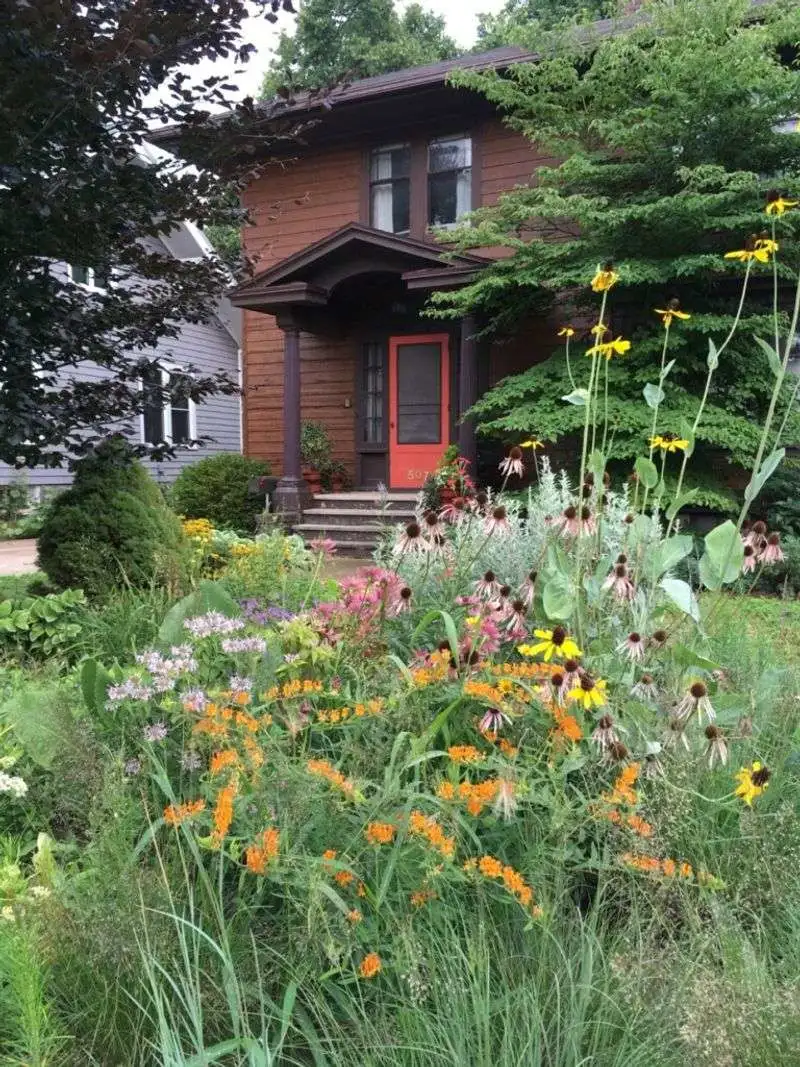
Embrace local beauty with native plant gardens. These gardens feature plants that are well-suited to the local climate and soil, making them low-maintenance and eco-friendly.
Native plants support local wildlife, offering food and habitat for birds, bees, and butterflies. Their resilience makes them ideal for creating sustainable gardens that thrive without excessive care.
By using native plants, you foster biodiversity and celebrate the unique flora of your region. This approach connects your garden to its natural surroundings, offering a sense of place and purpose.
Sensory Gardens
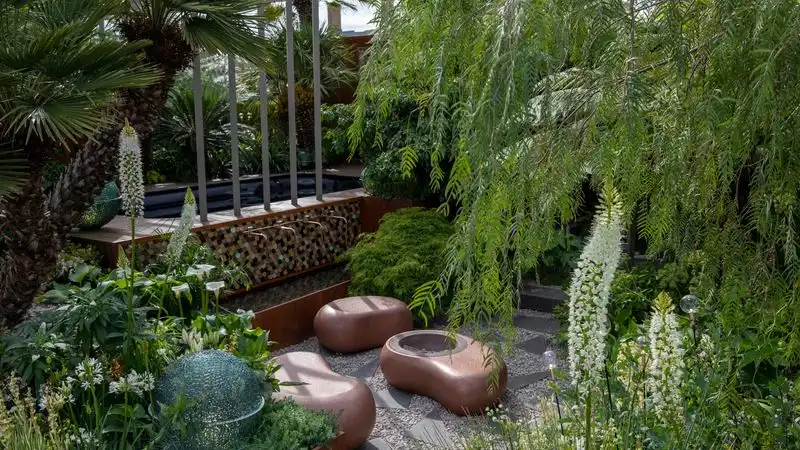
Design gardens that delight all the senses with sensory gardens. These spaces invite touch, smell, sight, and sound, offering an immersive experience. Soft grasses, fragrant herbs, and vibrant flowers create a rich sensory tapestry.
Sensory gardens can be therapeutic, providing places for relaxation and reflection. They encourage interaction, making them ideal for families and community spaces.
By focusing on sensory elements, these gardens engage visitors of all ages and abilities, offering a unique connection to nature through a multisensory journey.

